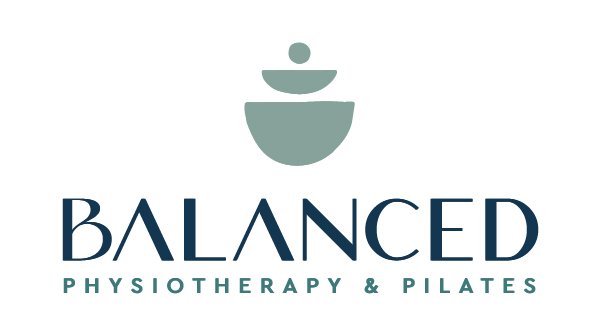Ribcage: assessing ribcage position and cueing
Proper alignment of the ribcage is important as it distributes the load evenly across the structures in this area. It also places the muscles in a better position to work from (length tension relationship/cogs)
Julie Weibe
Likens the rib cage to a bell
Can be neutral, ‘rung up’, ‘rung down’
Neutral alignment - places muscles in an optimal length-tension position
Muscles can be recruited better and more easily
People will like to ‘ring up’ the ribcage to find better upper body posture
Bell down (left pic)
Bell up (right pic)
Assessment
Standing
From the side - checking centre of shoulder, centre of hip, centre of ankle aligns
Do they have a forward sway of the pelvis?
Or a ‘up-rung’ ribcage
Have them place one finger on pubic bone, one on breastbone,
Set up so the two points align
Then have them check they have ⅔ weight through heels
Where is the arm
Treatment
Supine:
Cue first (see below)
Pillow under head +/- shoulders, or lift head of reformer bed up, or towel folded under head
Cueing:
Ribs to hips
Tummy springs
Melting ribs to the floor (supine)
Hammock slung under the lower ribs (4-pt kneel)
Tuck tailbone under
Candle under breastbone
All cues should give a sense that the middle section of the spine has lengthened.
